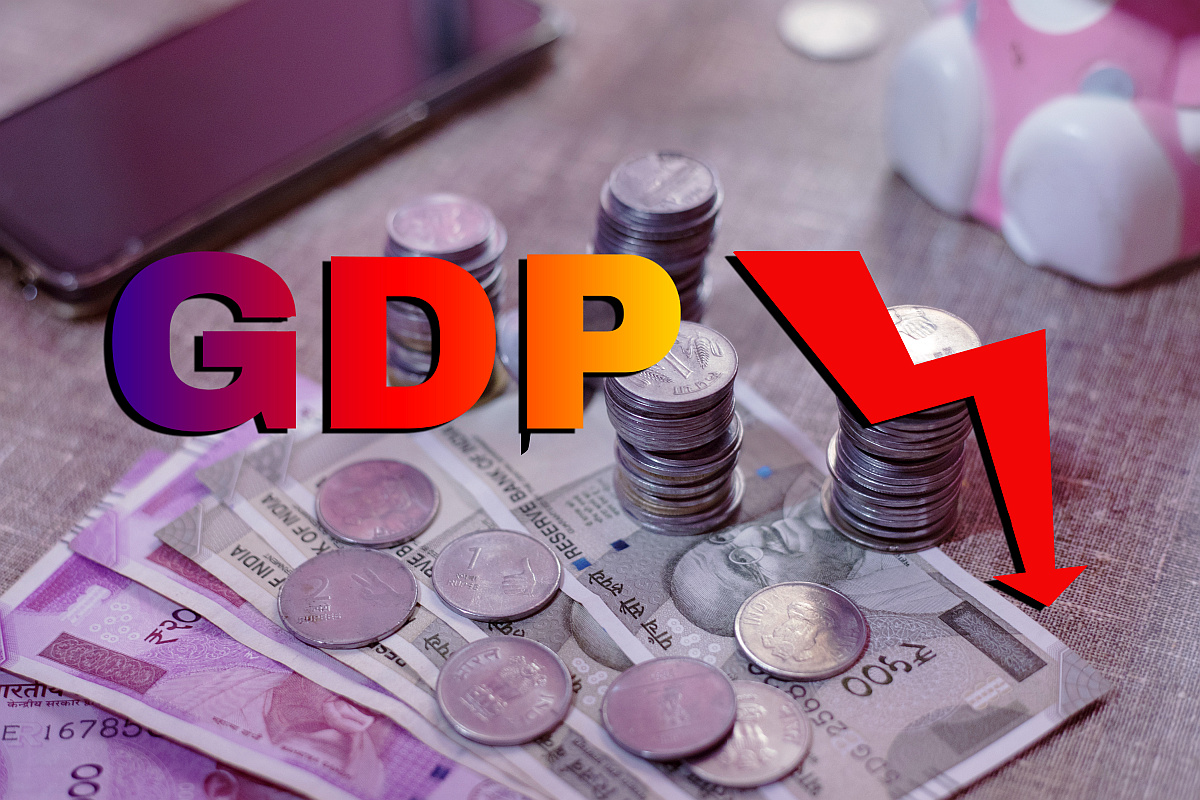Bipartisanism
The Union Budget for 2024-25 has sparked significant discussion due to striking resemblance of some provisions to promises made in the Congress party’s 2024 Lok Sabha election manifesto.
As per official data, the country’s fiscal deficit, which represents the gap between the government’s revenue and expenditure, widened to 4.6 per cent of the gross domestic product in financial year 2019-20.

Economy Slowdown. (Photo: iStock)
Although the Covid-19 pandemic and the subsequent lockdown imposed in the country to prevent the spread of the virus has dealt a severe blow to the economy, things were not fine even before this crisis. Thus all the blame for India’s economic woes cannot be placed on the virus-generated global disaster.
The claims made by Prime Minister Narendra Modi and Finance Minister Nirmala Sitharaman that the country’s economy was on the right path before the virus hit are not borne out by the latest figures put out by the government.
These figures suggest that the economy was on a slippery slope well before 25 March when the lockdown was enforced. The statistics released by the National Statistical Organisation (NSO) recently show that the performance during the past fiscal year was already precarious and that any projections to the contrary had little basis in fact.
Advertisement
The Corona crisis began when the previous fiscal was almost at an end. Hence its impact on performance during the past fiscal would have been miniscule at best.
India’s Gross Domestic Growth (GDP) crashed to an 11-year low of 4.2 per cent in 2019-20 and to 3.1 per cent in the January-March quarter amid a drop in consumption and investment. In the same quarter of 2018-19, it was 5.7 per cent while during 2018- 19, the country had recorded a GDP growth rate of 6.1 per cent.
This year’s growth is the lowest since 2008-09 when the economy had expanded at 3.1 per cent. The GDP growth rate for 2019-20 was pegged at 5 per cent by the Reserve Bank of India, as estimated by the NSO in the advance estimates published in January and February this year.
The actual figure is way below that projection. The story of different sectors is dismal. Almost all show a downward trend with the financial, real estate and professional services growth crashing to 2.4 per cent in the fourth quarter of financial year 2020 from the previous year’s corresponding figure of 8.7 per cent.
The government’s revenue and expenditure fronts present an equally dismal picture. As per official data, the country’s fiscal deficit, which represents the gap between the government’s revenue and expenditure, widened to 4.6 per cent of the gross domestic product in financial year 2019-20.
This is higher than the revised estimate of 3.8 per cent. It may be noted that Mrs Sitharaman at the time of presenting her Budget to Parliament in February had pegged the fiscal deficit for 2019-20 at 3.8 per cent. While these figures are dismal enough, the country must brace for worse, possibly far worse.
When the economic performance in 2019-20 was so poor without a pandemic, it is difficult not to worry about what will happen in financial year 2020-21, when the global economy has been destroyed by the coronavirus and the subsequent lockdowns.
Advertisement